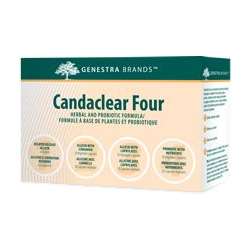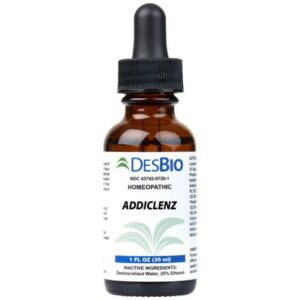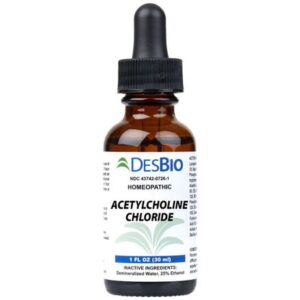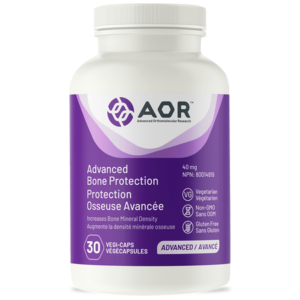Description
Probiotic and herbal combination for gastrointestinal comfort
• Provides 25 billion CFU of probiotic strains clinically proven to reduce symptoms of irritable bowel syndrome (IBS) and to supplement the normal intestinal microbiota following antibiotic therapy
• Cinnamon is traditionally used in Herbal Medicine to help relieve gastrointestinal complaints such as flatulence
• Source of vitamin A to help maintain membranes and immune function
Candaclear Four is a unique combination of allicin and cinnamon, plus probiotics and nutrients that supports optimal gastrointestinal health. The intestinal epithelium is normally selectively permeable, allowing for the absorption of nutrients and water while acting as a barrier against the intestinal microflora.1 However, an overgrowth of pathogenic bacteria can cause increased intestinal barrier permeability.1 Similarly, disruption of healthy gut microbial composition is associated with IBS and other gastrointestinal disorders.2
The probiotic formulation used in Candaclear Four contains 25 billion CFU of human-sourced probiotics that are clinically proven to decrease IBS symptoms and number of days with pain, while improving satisfaction with bowel habits and overall quality of life.3 The probiotics present in Candaclear Four also help to supplement the normal intestinal microbiota following antibiotic therapy. Cinnamon is traditionally used in Herbal Medicine to help relieve gastrointestinal complaints (such as flatulence) and further promotes gastrointestinal comfort.
As nearly 80% of active immune cells are located in the gut-associated lymphoid tissue, there is an important interaction between the intestines and the immune system.4 In addition to promoting gastrointestinal health, Candaclear Four provides beta-carotene — a source of vitamin A to help maintain membranes and immune function. Four easy-to-take capsules or tablet are packaged into 30 portable strips to enhance patient compliance.
REFERENCES
1. Groschwitz K and Hogan S. Journal of Allergy and Clinical Immunology. 2009;124(1): 3-20 11.
2. Hong SN and Rhee PL. World Journal of Gastroenterology. 2014; 20(10): 2470-2481 3.
3. Williams E, Stimpson J, Wang D, Plummer S, Garaiova I, Barker M, and Corfe B. Alimentary Pharmacology & Therapeutics. 2008; 29: 97-103
4. Saavedra, JM. Nutrition in Clinical Practice. 2007; 22: 351–365.




